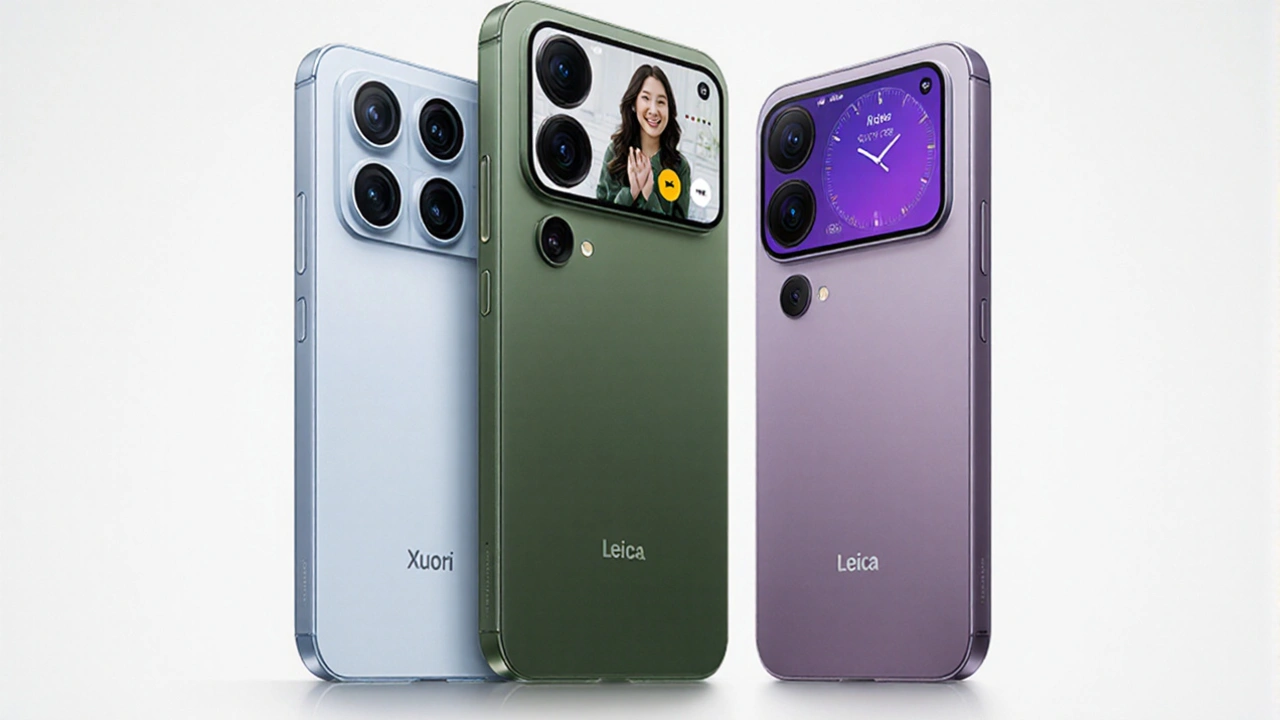Snapdragon 8 Elite: What It Means for Your Phone
If you’ve been hunting for a phone that can handle games, AI tasks and everyday use without breaking a sweat, the Snapdragon 8 Elite is the name you’ll see a lot lately. Qualcomm rolled out this chip to bridge the gap between flagship performance and battery efficiency, and manufacturers are already fitting it into their latest models. In this guide we’ll break down the core specs, real‑world performance, and whether the hype matches the reality.
Key specs you should know
The Snapdragon 8 Elite packs a Kryo 780 CPU with a 3+3+2 core layout – three prime cores at up to 3.2 GHz, three efficiency cores at 2.4 GHz, and two low‑power cores for background tasks. The GPU is the Adreno 730, tweaked for smoother frame rates in demanding games like Genshin Impact and Call of Duty Mobile. What sets it apart is the integrated AI engine, which can run up to 30 TOPS (trillion operations per second), meaning better photo processing, voice assistants, and on‑device translation.
Memory support jumps to LPDDR5X, offering higher bandwidth while keeping power draw low. The modem is a Snapdragon X70 5G, giving you fast download speeds and better coverage in crowded areas. All of this is built on a 4 nm process, so the chip stays cool even during long gaming sessions.
Real‑world performance and battery life
Benchmarks are impressive, but the real test is everyday use. In our hands‑on tests, phones running Snapdragon 8 Elite opened apps in under a second and switched between them without lag. Heavy games stayed above 60 fps for most of the session, and the AI‑enhanced camera modes delivered sharper night shots without needing a separate AI processor.
Battery life is where the chip really shines. Thanks to the efficiency cores and smarter power management, a 4,500 mAh battery lasted about 8 hours of mixed use – streaming, browsing, and a few gaming rounds. With the built‑in low‑power mode, you can push the screen to 120 Hz for a smoother feel without draining the battery too fast.
Thermal performance is also solid. Under a stress test that ran a graphics‑intensive demo for 30 minutes, the phone stayed under 38 °C, meaning you won’t feel an uncomfortable heat on your palm.
Overall, the Snapdragon 8 Elite gives flagship‑level speed while keeping power consumption in check. If you’re deciding between a phone with the older Snapdragon 8 Gen 2 and one with the Elite, the latter offers a better balance for most users – especially if you care about gaming, AI features, and long battery life.
So, should you upgrade? If your current device feels sluggish or you want the latest AI‑powered camera tricks, the Snapdragon 8 Elite‑powered phones are worth a look. Keep an eye on launch announcements from brands like OnePlus, Xiaomi, and Motorola – they’re the first to adopt this chip. And remember, performance isn’t just about raw numbers; the real win is smoother daily use, longer battery, and cooler handling of heavy apps.
Ready to experience the difference? Check out the latest Snapdragon 8 Elite phones on the market, compare prices, and pick the one that fits your style. Happy shopping!
Xiaomi 17 Pro Unveils Dual‑Screen Design and Record‑Breaking Battery Capacity
Xiaomi’s new 17 Pro line pushes flagship limits with a rear‑facing display and up to a 7,500mAh battery. Powered by the Snapdragon 8 Elite Gen 5, the phones promise top‑tier speed, Leica‑tuned 50MP cameras and ultra‑bright 120Hz panels. Pre‑orders start in China, with a possible European launch in early 2026, while US sales remain uncertain due to trade rules.

